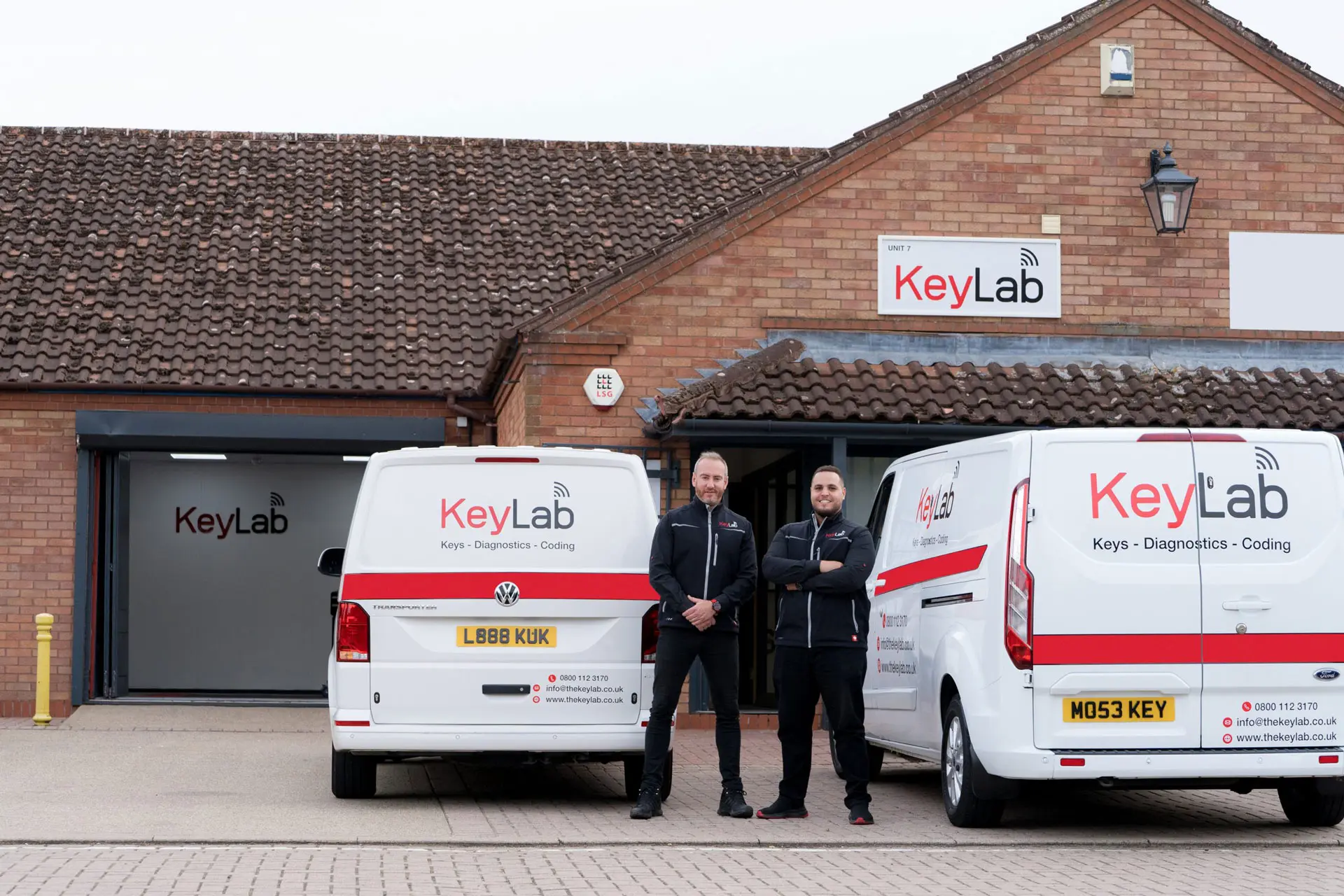
Key Cutting: An Essential Service for Security and Convenience
In today's society, where security is critical, key cutting has actually become an integral service for both domestic and industrial homes. Whether it's to ensure spare copies of keys are readily available for household members, to change lost keys, or simply to update to more advanced locking systems, key cutting plays a considerable role in keeping safety and benefit. This article explores the procedure of key cutting, its value, types of keys, and often asked concerns.
The Key Cutting Process
The key cutting procedure includes the duplication or creation of keys based upon a physical design template or a code. Below are the vital steps associated with key cutting:
Key Identification:
- The very first step includes comprehending the kind of key. There are several basic types of keys consisting of house keys, car keys, and specialty keys such as those for safes or electronic locks.
Selecting the Right Equipment:
- Different keys need different cutting devices. Requirement mechanical keys might be cut using a handbook or automated duplicator, while modern-day car keys typically require specialized electronic equipment.
Cutting the Key:
- The initial key is positioned into the device, and the duplicate key blank is placed. The device will then cut the blank to match the profile of the initial key.
Testing the Key:
- Once the key is cut, it is important to evaluate it in the lock for precision. Any inconsistencies can result in troubles in unlocking.
Completing Touches:
- After screening, the newly cut key may need smoothing or any other modifications to ensure it works smoothly in the lock.
Significance of Key Cutting
Key cutting is important for a number of factors:
Security: Duplicating keys ensures that trusted people have gain access to while keeping control over who has gain access to. Losing a key can cause unapproved gain access to, making timely replacements essential.
Convenience: Having spare keys is practical. Rather of being locked out, people can have backups in trusted places, such as with a neighbor or in a safe place at home.
Upgrade Options: Advances in technology have actually resulted in the development of high-security keys. Key cutting services typically consist of upgrading to these types for much better security.
Cost-Efficiency: Creating a duplicate key is considerably more budget friendly than altering an entire lock, making it a cost-effective solution when keys are lost or taken.
Kinds of Keys
Understanding the various types of keys is vital for effective key cutting. Below is a classified list of common key types:
Household Keys:
- Yale Keys
- Mortice Keys
- Cylinder Keys
Automotive Keys:
- Traditional Car Keys
- Transponder Keys
- Smart Keys
Specialty Keys:
- Safe Keys
- Padlock Keys
- Master Keys
Each key has its subtleties in regards to cutting techniques and security functions. Understanding the type required is necessary for effective key duplication.
Key Cutting Technologies
With improvements in technology, key cutting has actually progressed from standard manual procedures to highly efficient and accurate automated systems. Below are some key technologies affecting the key cutting market:
Laser Key Cutting: This approach uses a laser to cut keys with accuracy, especially for high-security and transponder keys.
Code Cutting: This strategy uses a coded system to replicate keys based on a particular mathematical series, typically found in automotive keys.
Key Duplication Software: Many key-cutting machines now integrate software, permitting much easier and more complex key styles to be developed and duplicated.
Regularly Asked Questions (FAQs)
How long does it require to cut a key?
- The key cutting process is typically fast. Standard keys can typically be cut in just a couple of minutes, while specialized keys may take longer.
Can I get a new key without the initial?
- It depends on the kind of key and the lock system. For some locks, locksmiths can develop a brand-new key based upon the lock itself or using a code if offered.
Are all keys duplicable?
- Not all keys can be duplicated. High-security keys frequently contain patents that prevent unapproved duplication and may require special consent or safeguards.
How should I store extra keys?
- Store spare keys safely, avoiding apparent areas such as under doormats. Consider using a relied on next-door neighbor or a safe and secure lockbox.
Does key cutting affect the lock's warranty?
- Usually, key cutting does not affect the lock's guarantee however is advisable to inspect the particular manufacturer's standards.
Key cutting is an important service that enhances security and benefit in managing access to residential or commercial properties. With the varied range of keys and advanced cutting technologies, it is easier than ever to ensure that you have the necessary duplicates on hand. Understanding the key cutting procedure, the kinds of keys offered, and the technological improvements in the field can empower individuals and companies to make informed choices about their security requires.
As the demand for more sophisticated security steps increases, the key cutting industry will unquestionably continue to progress, including cutting-edge technologies and practices to satisfy the growing requirements of clients.




